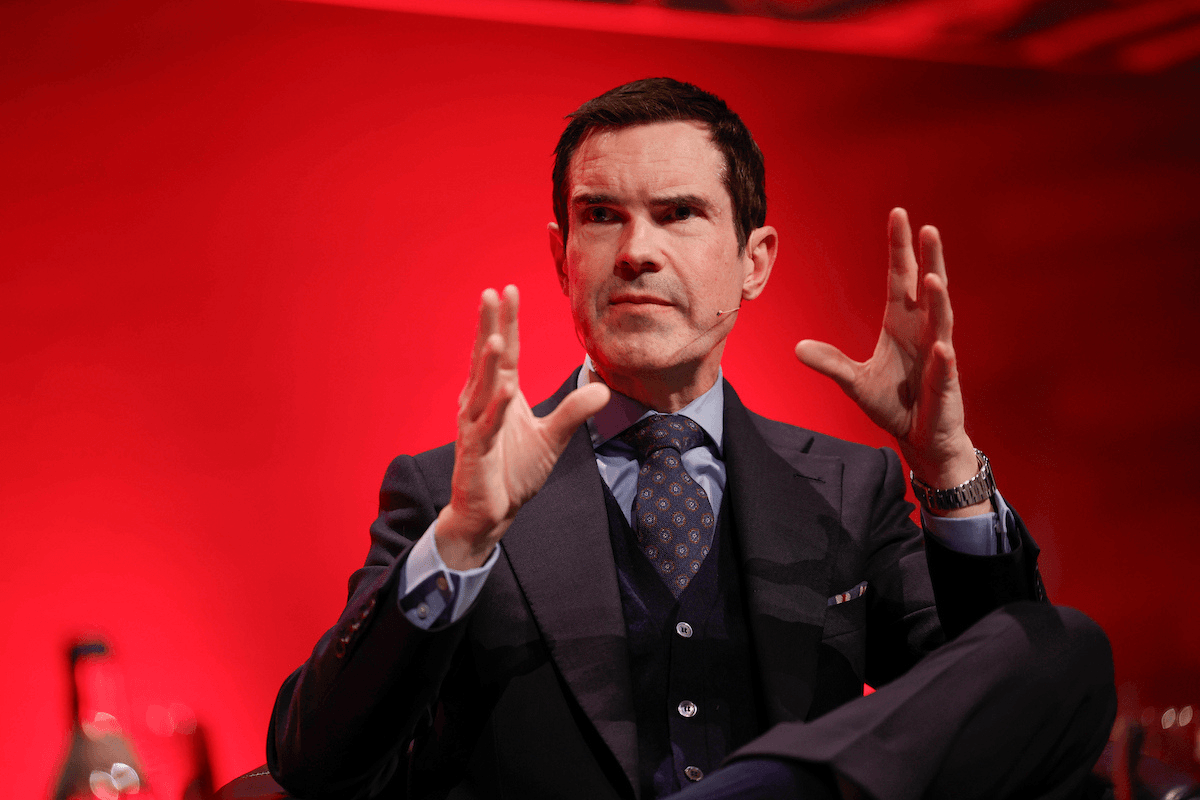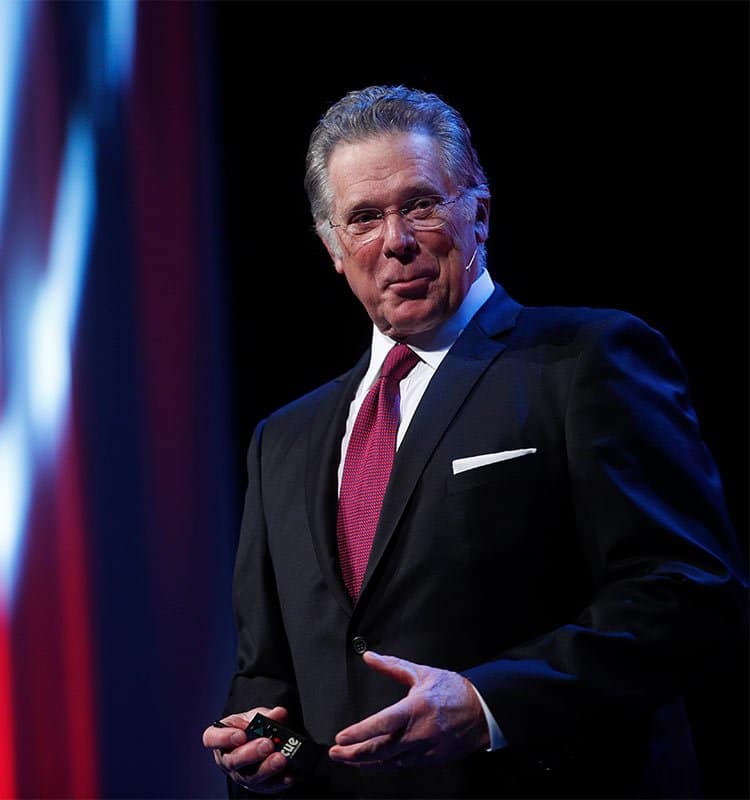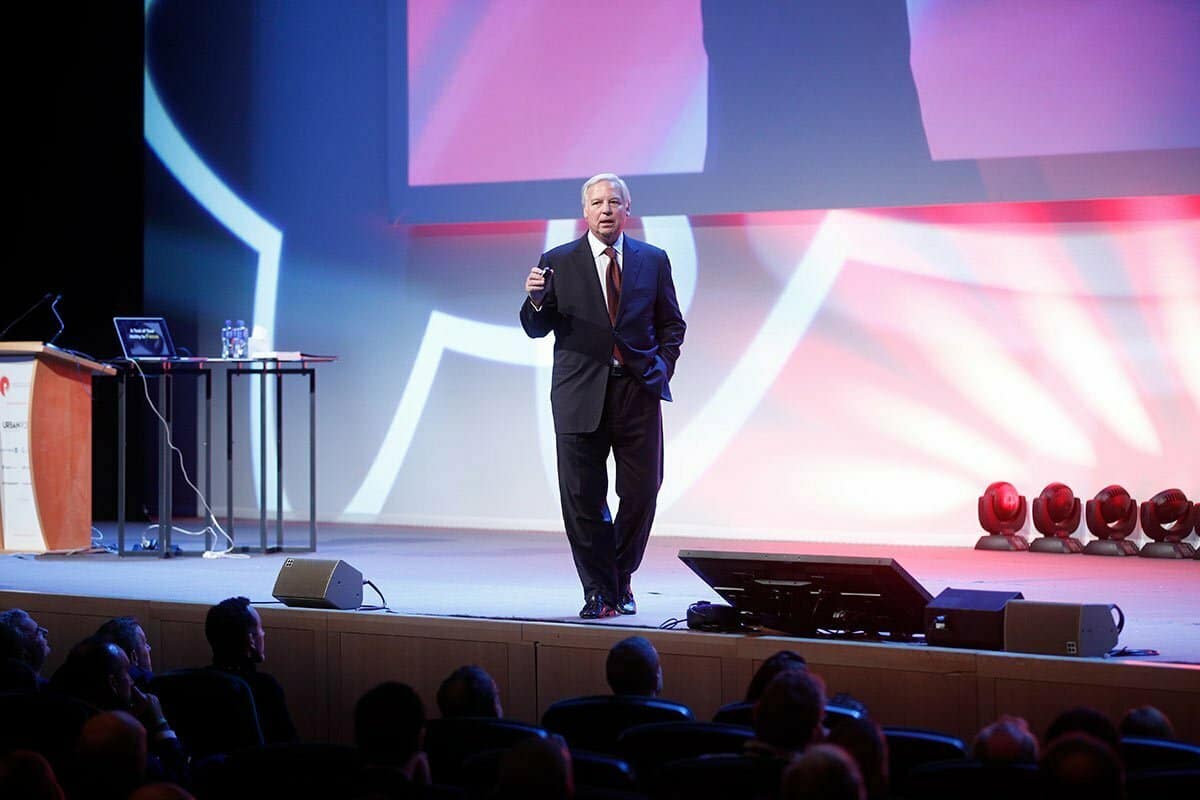In today’s dynamic business landscape, organisations often find themselves needing to adapt and change to stay competitive. Whether it’s a shift in strategy, a new initiative, or a cultural transformation, effectively communicating and implementing change is crucial for success. However, simply telling employees about the change is not enough. To truly engage them and drive meaningful results, leaders must go beyond words and employ various tactics that resonate on an emotional level.
- Visualisation: Bringing Change to Life
One powerful tactic for engaging employees in change is visualisation. Instead of just explaining the reasons behind the change, show them through visual mediums like videos. A prime example of this is the Toronto Dominion Bank CEO’s use of a two-minute video to emphasise the importance of customer-centricity. By depicting real-life stories and emotions, videos can make the message more relatable and impactful.
- Storytelling: Inspiring Action Through Narrative
Stories have a unique ability to evoke emotions and make messages more memorable. Incorporating storytelling into change communication can help employees understand the “why” behind the change and inspire them to take action. For instance, sharing anecdotes about the positive impact of a new initiative or the consequences of maintaining the status quo can help employees connect with the change on a deeper level.
- Actions: Leading by Example
Actions speak louder than words, especially when it comes to change. Leaders need to demonstrate their commitment to change through their actions. This could involve making symbolic gestures, such as sacrificing personal luxuries for the greater good of the organisation. The example of the Nestle Philippines CEO foregoing a lavish office in favour of working among employees illustrates how leaders can lead by example and inspire others to embrace change.
- Symbolism: Reinforcing Cultural Shifts
Symbolic gestures can reinforce the desired cultural shifts within an organisation. Whether it’s converting an executive office into an employee cafeteria or implementing new rituals that reflect the values of the change, symbolism plays a crucial role in signalling to employees that the change is real and meaningful.
- Ownership and Pride: Empowering Employees
Finally, empowering employees to take ownership of the change and fostering a sense of pride in the organisation’s goals can significantly contribute to its success. When employees feel like they are part of the change process and understand how their contributions align with the organisation’s objectives, they are more likely to embrace the change wholeheartedly.
In conclusion, effectively communicating and implementing organisational change requires more than just words on a PowerPoint slide. Leaders need to engage employees emotionally, demonstrate their commitment through actions, and foster a sense of ownership and pride among employees. By employing tactics such as visualisation, storytelling, symbolic gestures, and empowerment, organisations can successfully navigate change and emerge stronger than ever.
Ready to dive deeper into the world of personal and professional growth? Unlock exclusive access to Pendulum-360 and experience the power of over 120 past Pendulum Summit presentations, including the full Costas Markides video. Take your journey to the next level and explore a wealth of knowledge, insights, and inspiration. Join us on Pendulum-360 today and embark on a transformative voyage towards your fullest potential.
Gain insights from the likes of Richard Branson, Jo Malone, Bear Grylls, Dame Kelly Holmes, Lisa Nichols, Dr. John Demartini, Bob Proctor and so many more.








